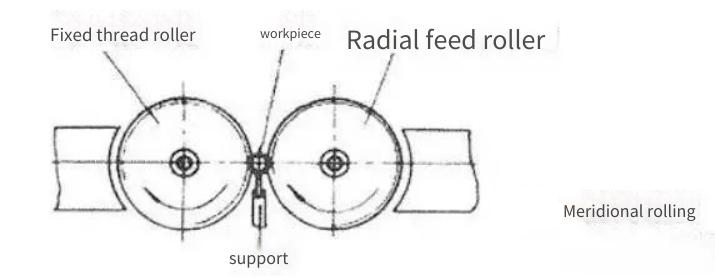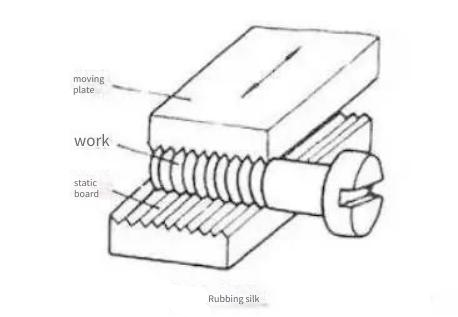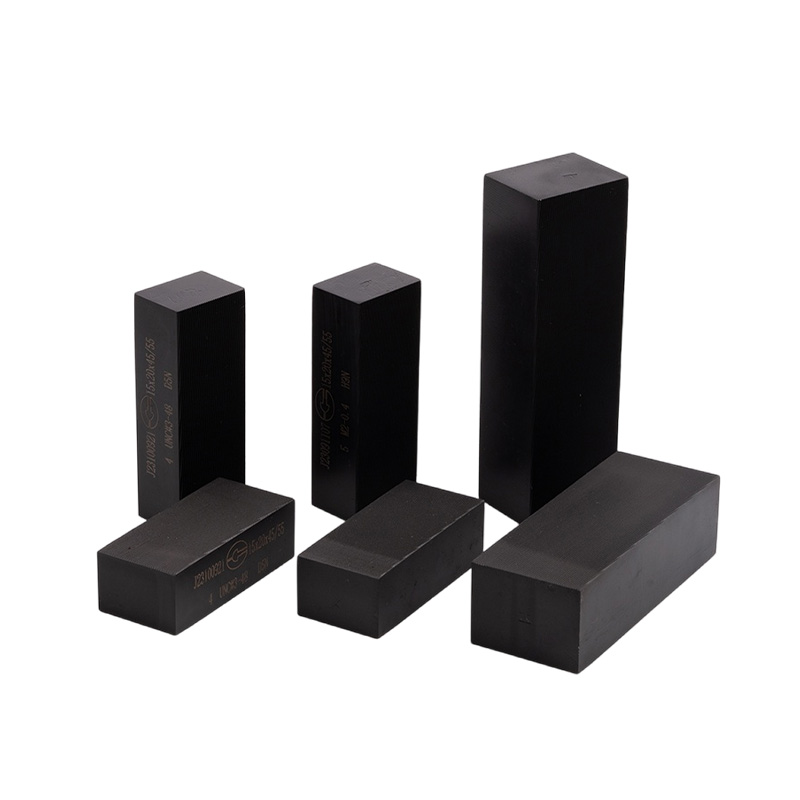Thread rolling dies are essential tools in fastener manufacturing, used to create stronger, more consistent threads in bolts, screws, and other metal components. This article compares cylindrical rolls and flat dies, highlighting their differences, advantages, and helping you choose the right tooling approach for your needs.

Understanding Thread Rolling Dies
Thread rolling dies are specialized tools used for cold forming, reshaping the material rather than cutting it. This process preserves the metal’s grain structure, improving the strength and fatigue resistance of the final product. The lack of chip removal reduces waste and increases production speed, making them ideal for high-volume industries like automotive, aerospace, and electronics.
Thread rolling enhances the mechanical properties of fasteners by avoiding micro-cracks and sharp edges that are common with cut threads. This makes them especially suitable for applications subject to high fatigue loads.
Cylindrical Rolls in Thread Rolling
Cylindrical rolls are commonly used for continuous, high-precision thread production. They consist of two or three rotating cylindrical dies that deform the workpiece as it passes between them. One die remains stationary while the other rotates, applying pressure to form the thread pattern.

Advantages of Cylindrical Rolls
- High Consistency: Best for high-volume production, delivering repeatable results across large batches.
- Efficient Throughput: Ideal for applications in automotive, electronics, and industries with high-volume needs.
- Uniform Pressure Distribution: Reduces the likelihood of deformation or defects.
Common Applications
- Automotive OEMs: Rapid thread production for bolts and studs.
- Electronics Manufacturers: Precision threading for small screws.
- Specialty Sectors: Aerospace and racing components requiring high-strength fasteners.
Cylindrical rolls are highly efficient but require careful alignment and regular maintenance for optimal performance.
Flat Dies in Thread Rolling
Flat dies consist of two opposing flat plates with inverse thread forms. One die is stationary while the other moves linearly, pressing the blank between them to form the threads.

Advantages of Flat Dies
- Simpler Setup: Easier to configure for different thread types, making them ideal for job shops with varying production needs.
- Lower Initial Costs: Generally less expensive than cylindrical rolls, especially for short runs.
- Versatility: Can accommodate different thread profiles with minimal retooling.
While flat dies offer flexibility, they are typically slower for large-scale production due to the need for frequent repositioning of blanks. They also place more stress on the dies, requiring more frequent maintenance.
Choosing the Right Thread Rolling Method
When deciding between cylindrical rolls and flat dies, consider the following factors:
1. Production Volume
- High-Volume: Cylindrical rolls are ideal for continuous, high-volume production.
- Small or Medium Runs: Flat dies offer better flexibility and lower initial setup costs.
2. Thread Profile Complexity
- Custom Profiles: Both methods can accommodate complex profiles, but flat dies are generally easier for quick changes.
- Specialized Tooling: Cylindrical rolls may require custom tooling for intricate designs, which can increase upfront costs.
3. Precision and Tolerances
Both methods can achieve tight tolerances, but cylindrical rolls are known for their consistency, making them ideal for mission-critical industries where minimal deviation is required.
4. Cost Considerations
- Initial Investment: Flat dies typically cost less upfront.
- Long-Term Investment: Cylindrical rolls may offer better ROI in the long run for high-volume production.
5. Machine Compatibility
Ensure that your existing equipment supports the type of die you choose. Some systems may be limited to one method, while others can accommodate both.
Maintenance and Longevity Tips
Proper maintenance extends the life of your thread rolling dies and ensures consistent quality:
- Regular Cleaning: Remove metallic debris and lubricants after each run to prevent buildup.
- Lubrication: Use high-quality lubricants specifically formulated for cold forming.
- Inspection: Conduct visual and dimensional checks to detect wear or micro-cracks early.
- Storage: Keep dies in a clean, dry place to avoid corrosion.
- Monitoring: Track machine load, speed, and temperature for potential issues.
Conclusion
Choosing between cylindrical rolls and flat dies depends on your production needs. Cylindrical rolls are ideal for high-volume, high-precision applications, while flat dies offer versatility and lower setup costs for smaller runs. Proper maintenance and staying up to date on technological advancements will help you maximize the lifespan and performance of your dies, ensuring high-quality thread production and optimizing your manufacturing processes.





